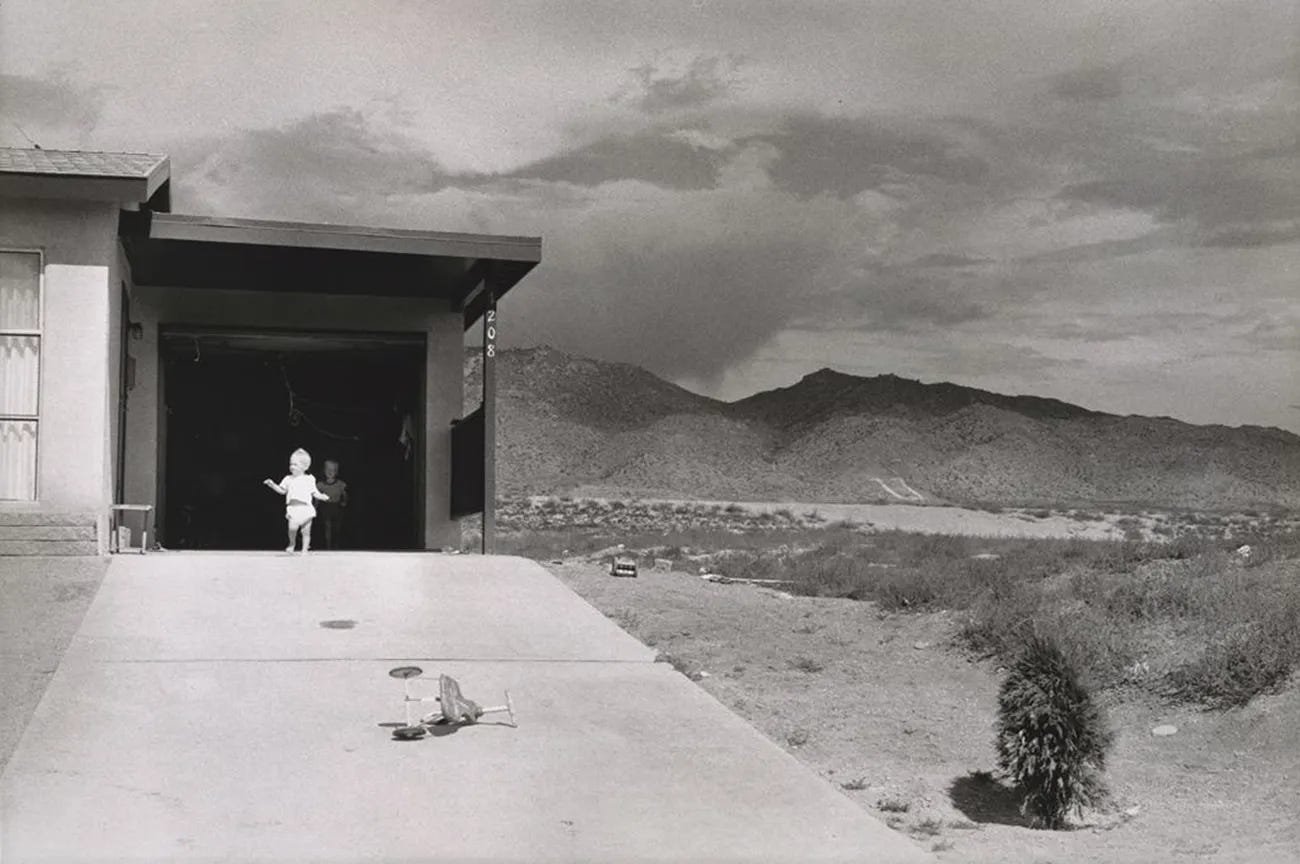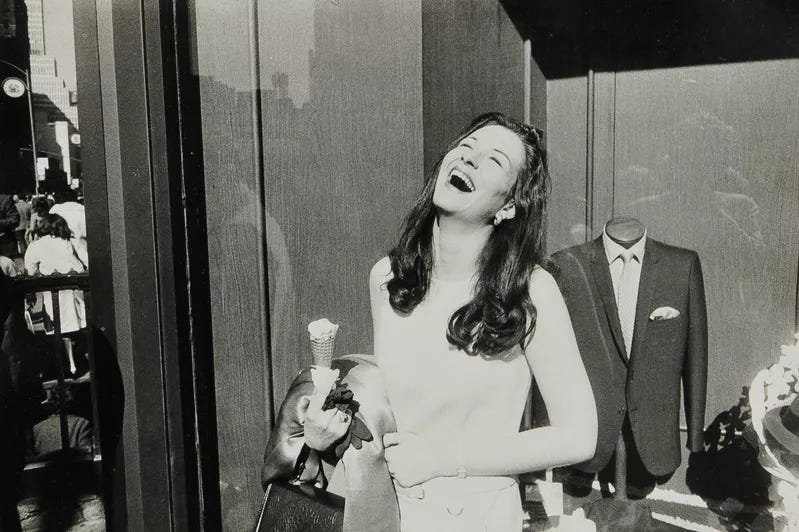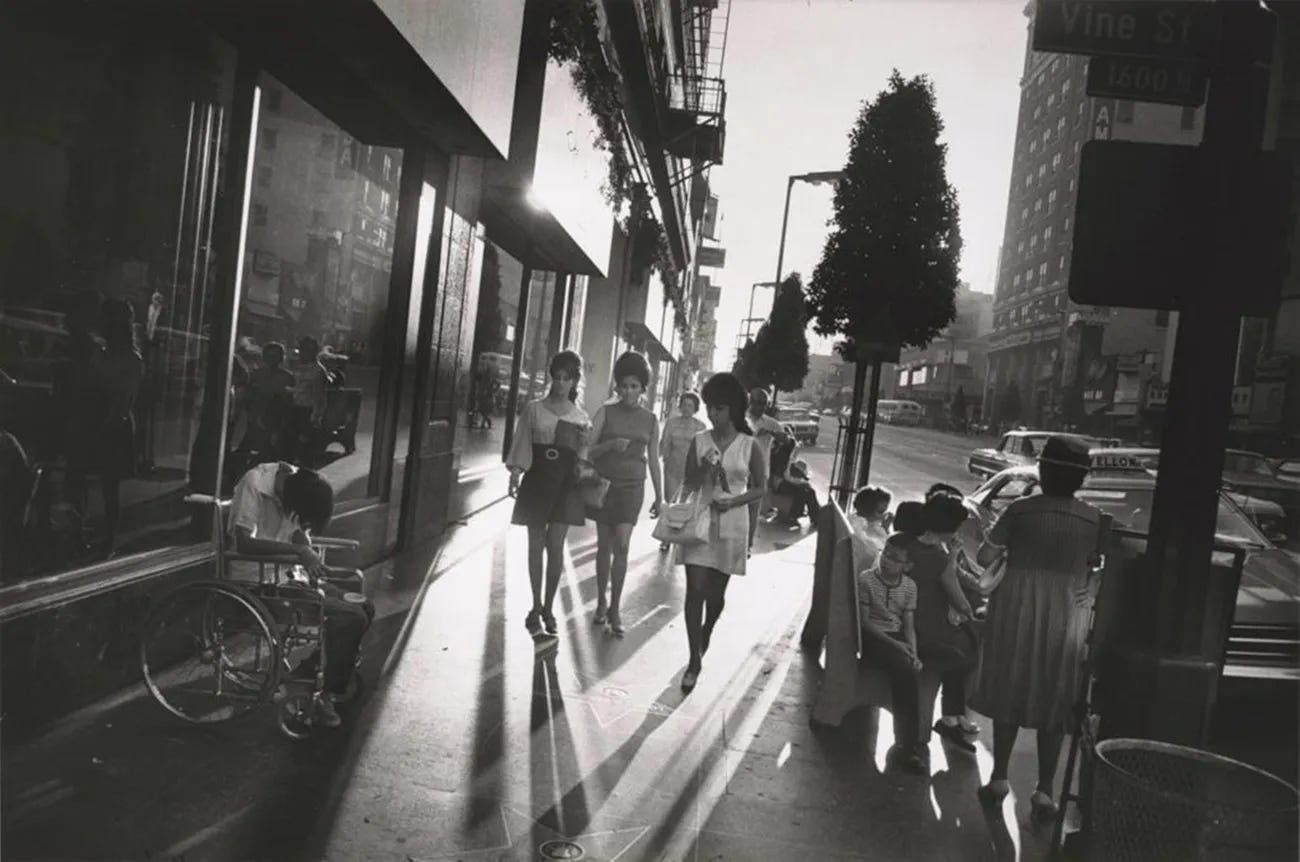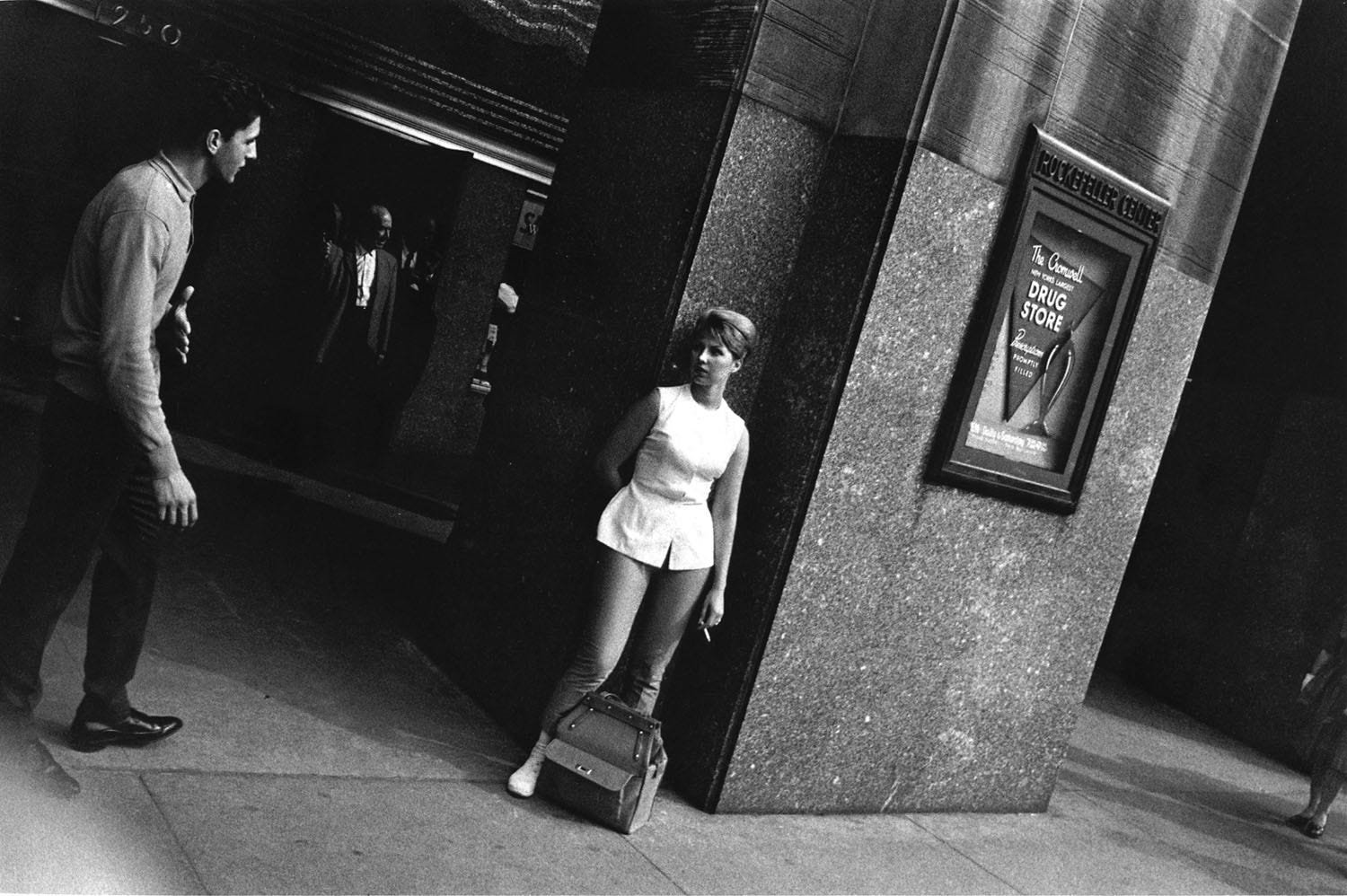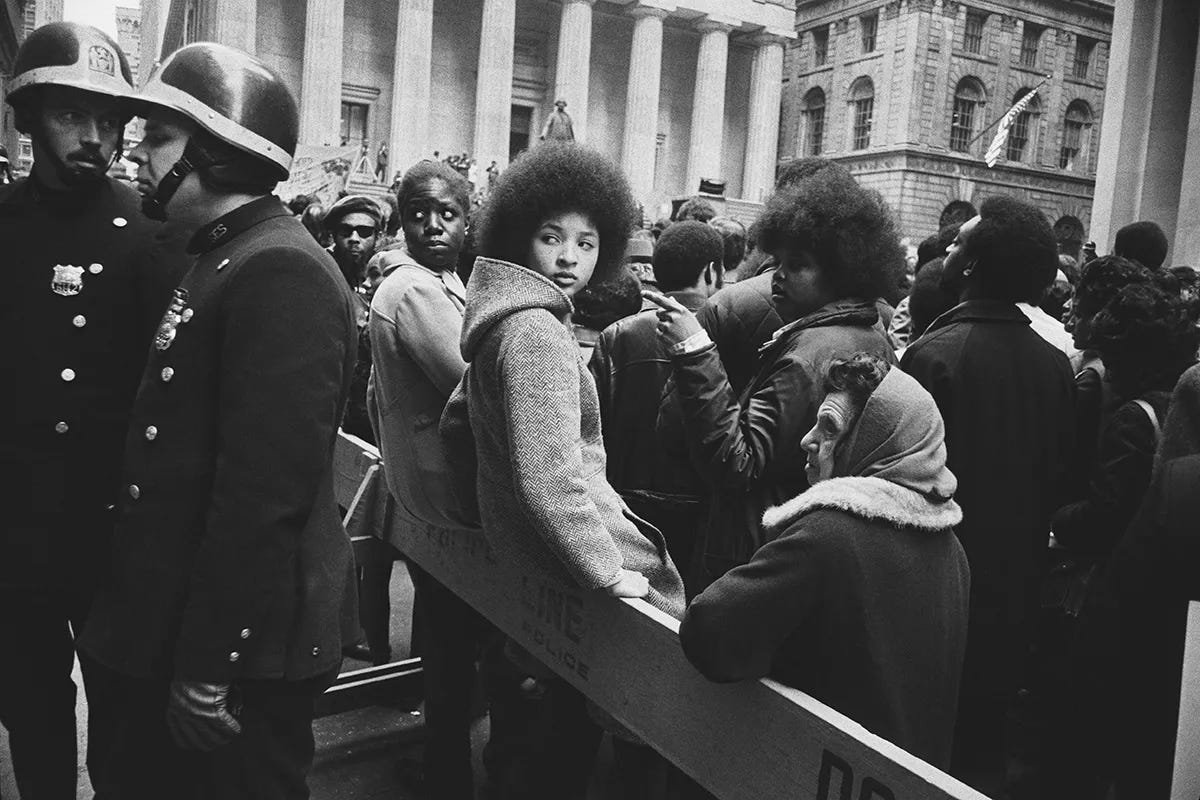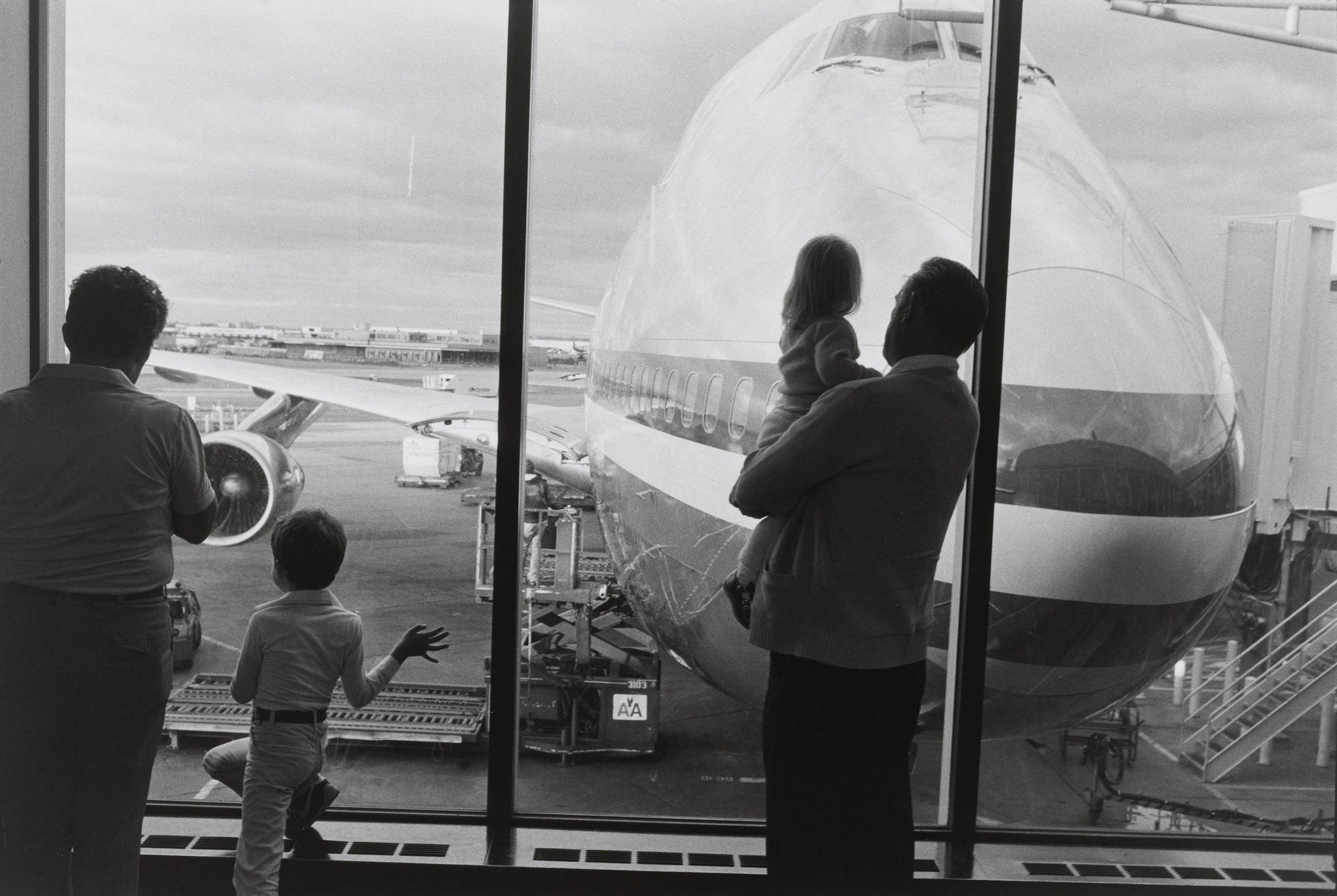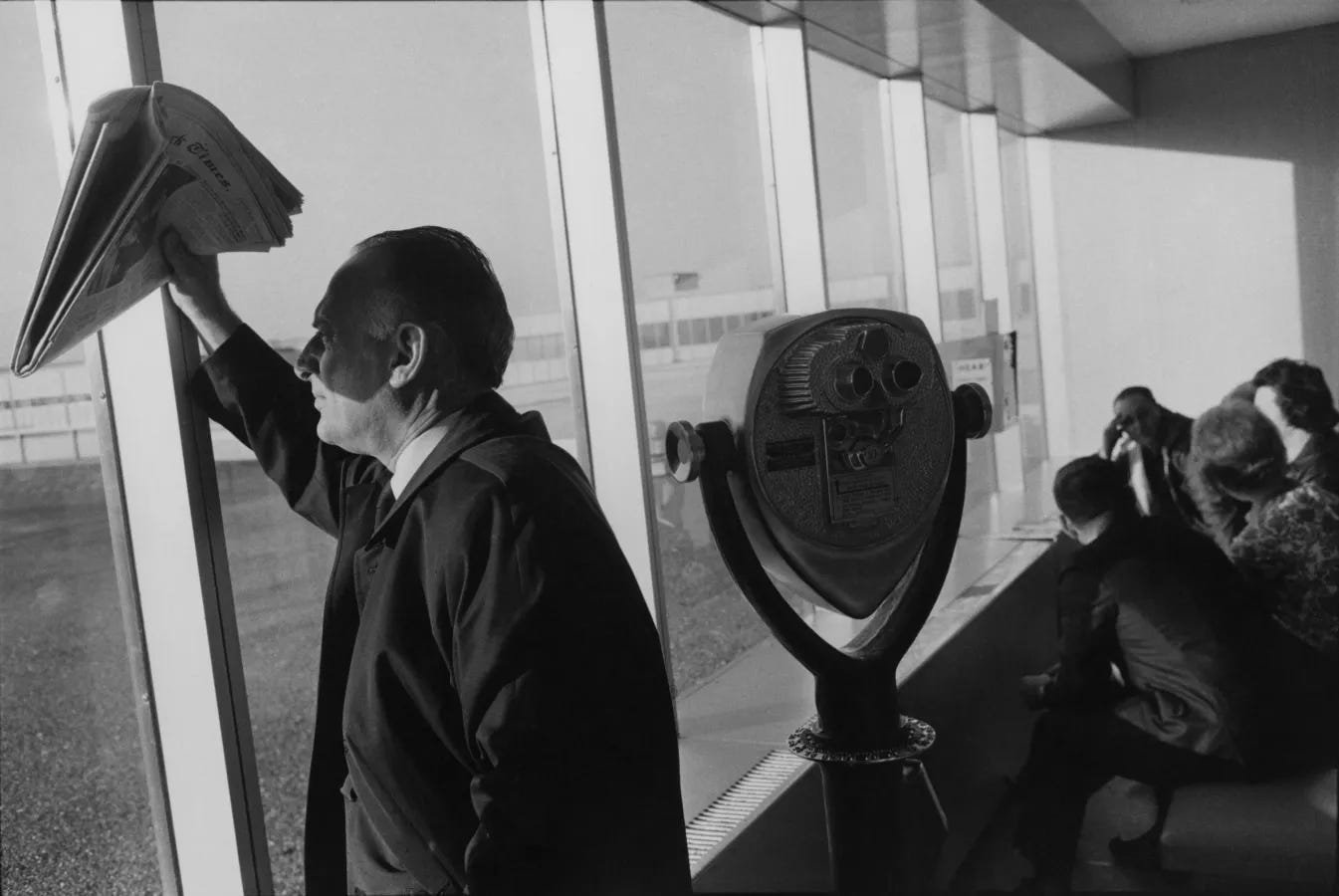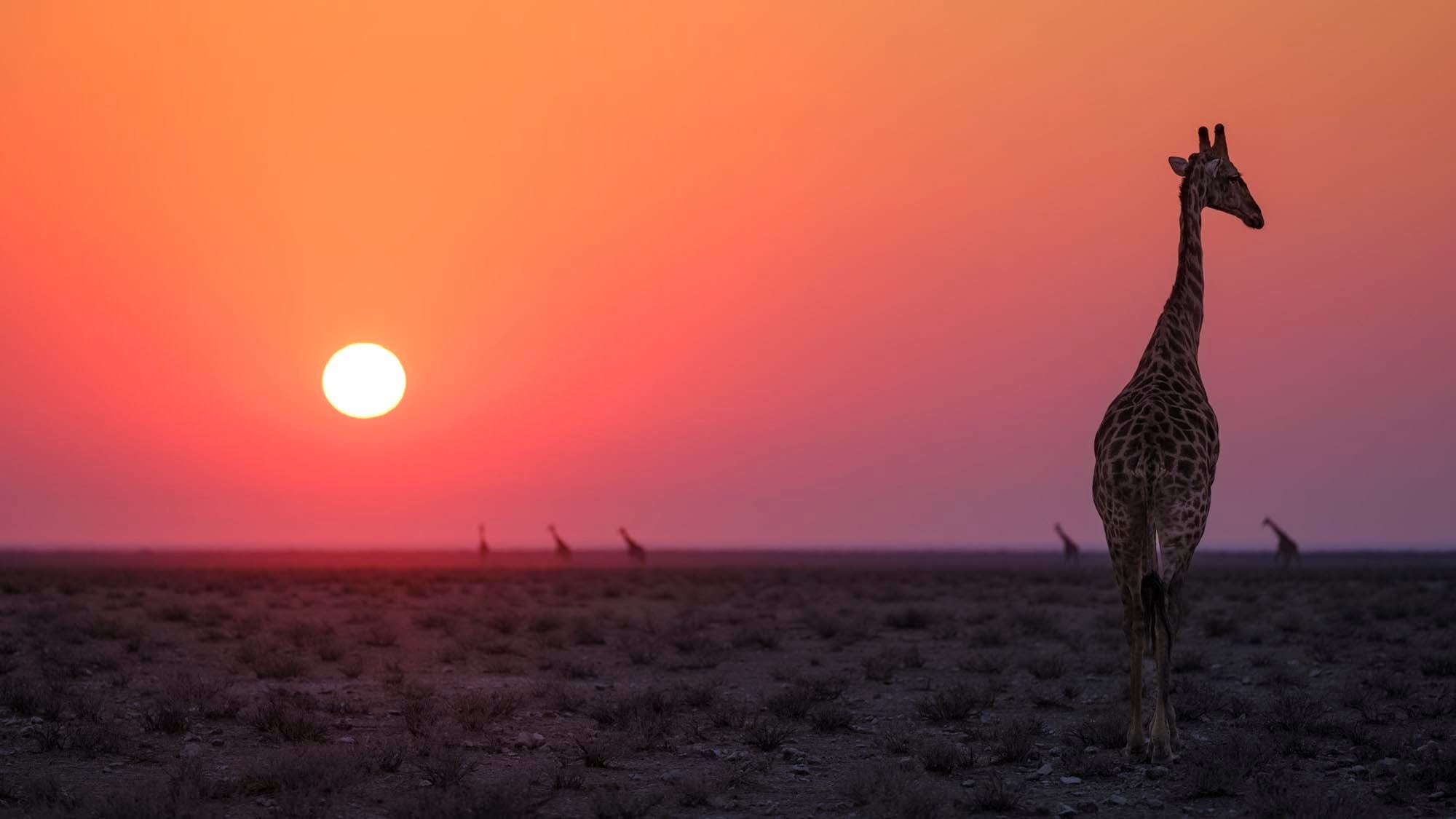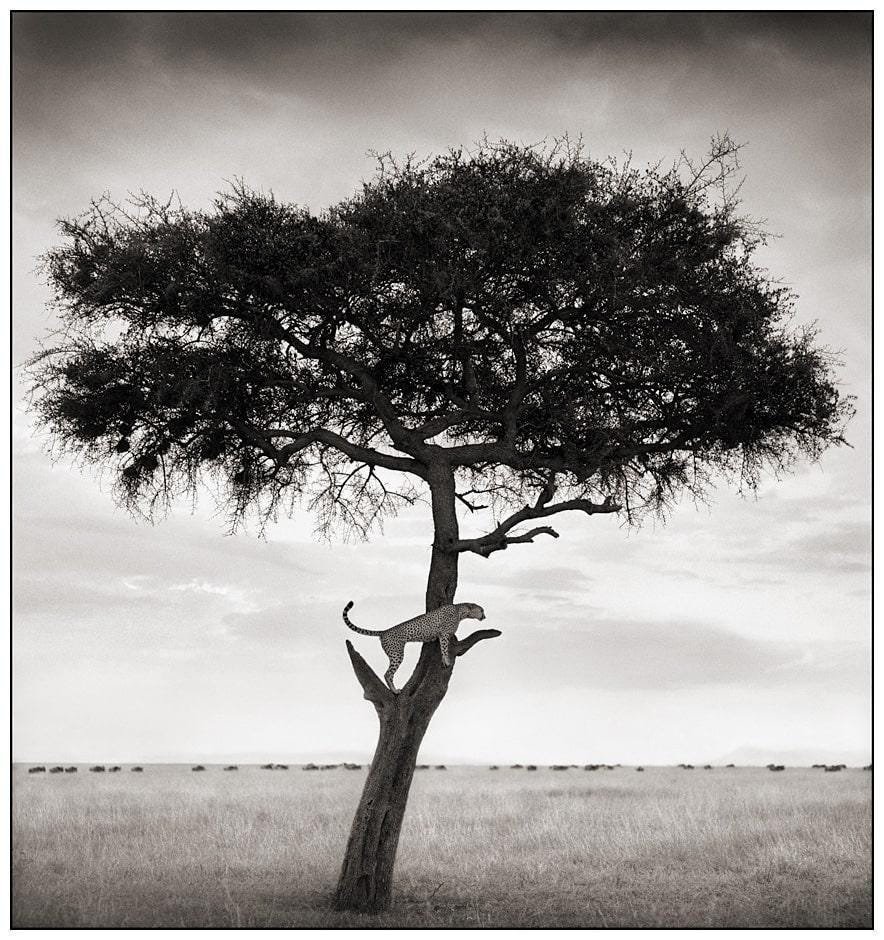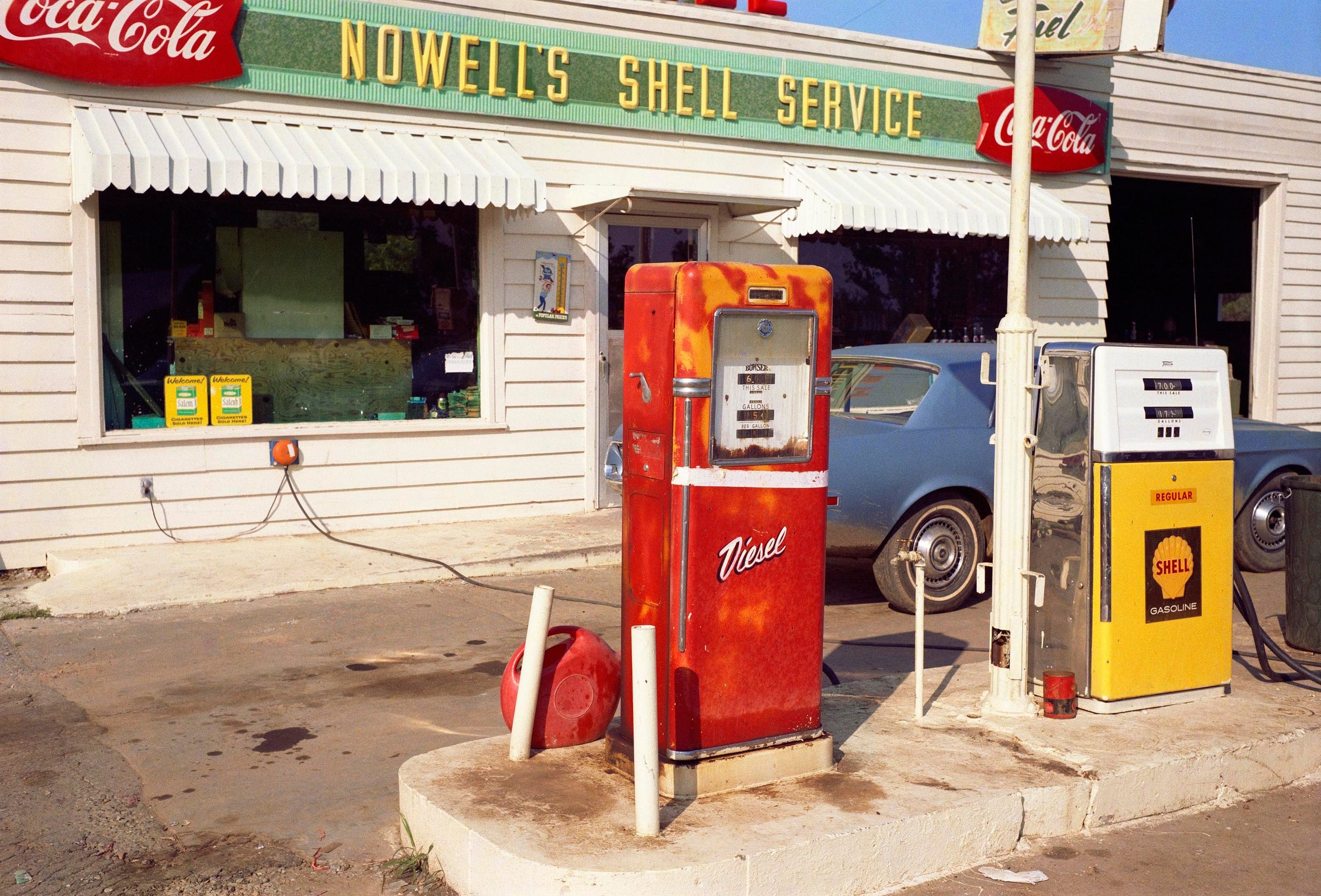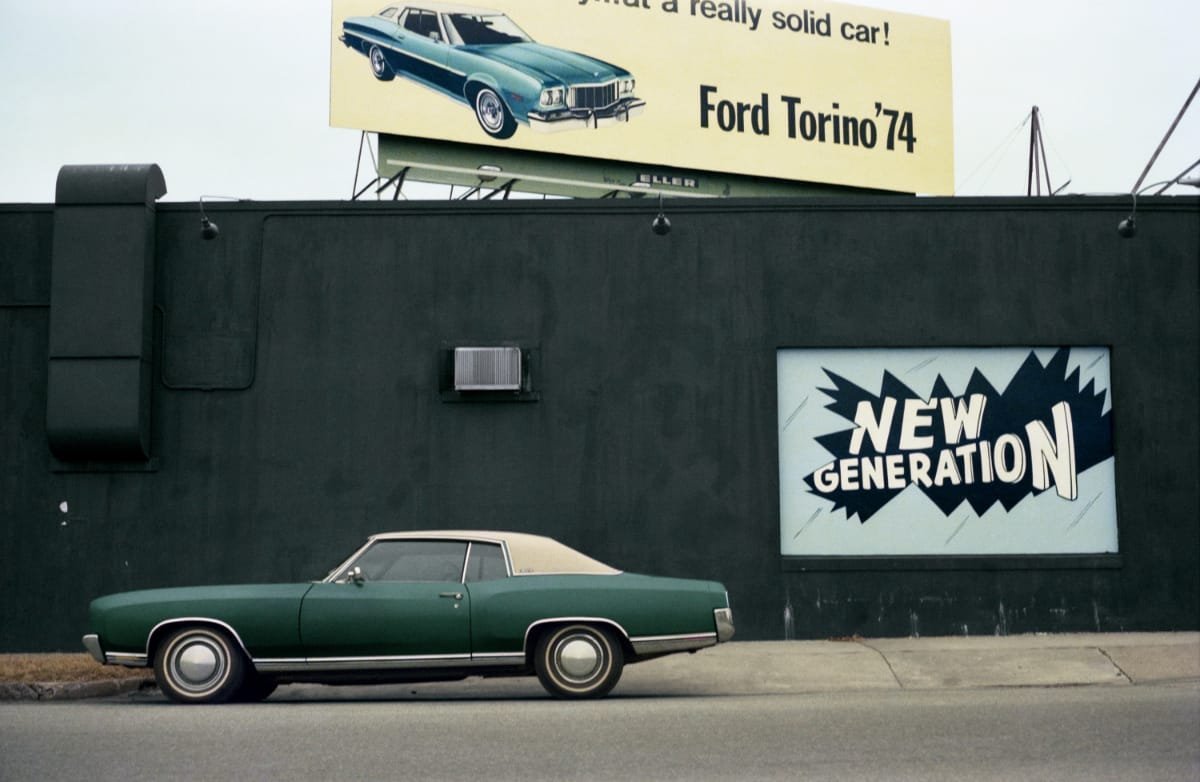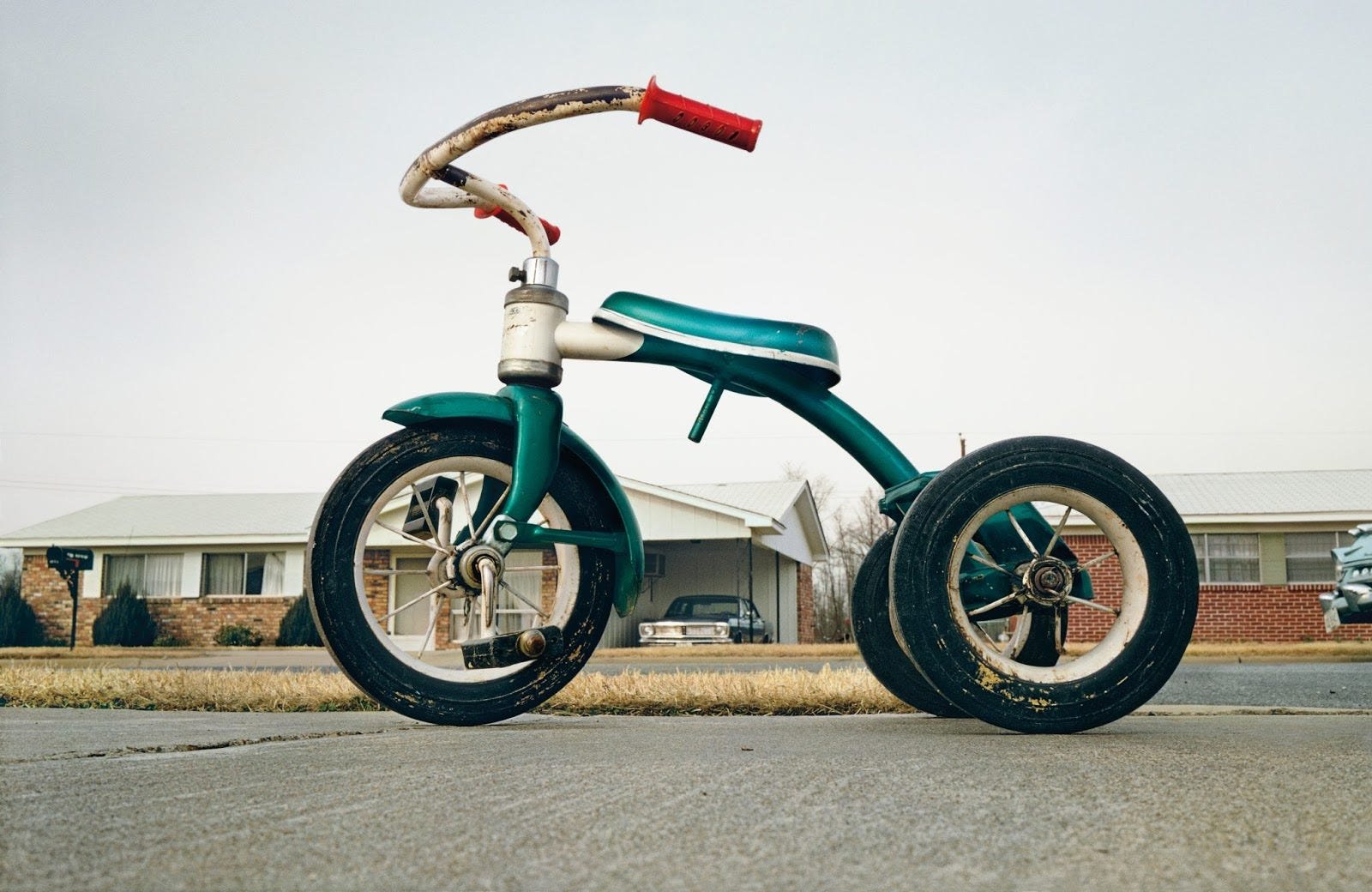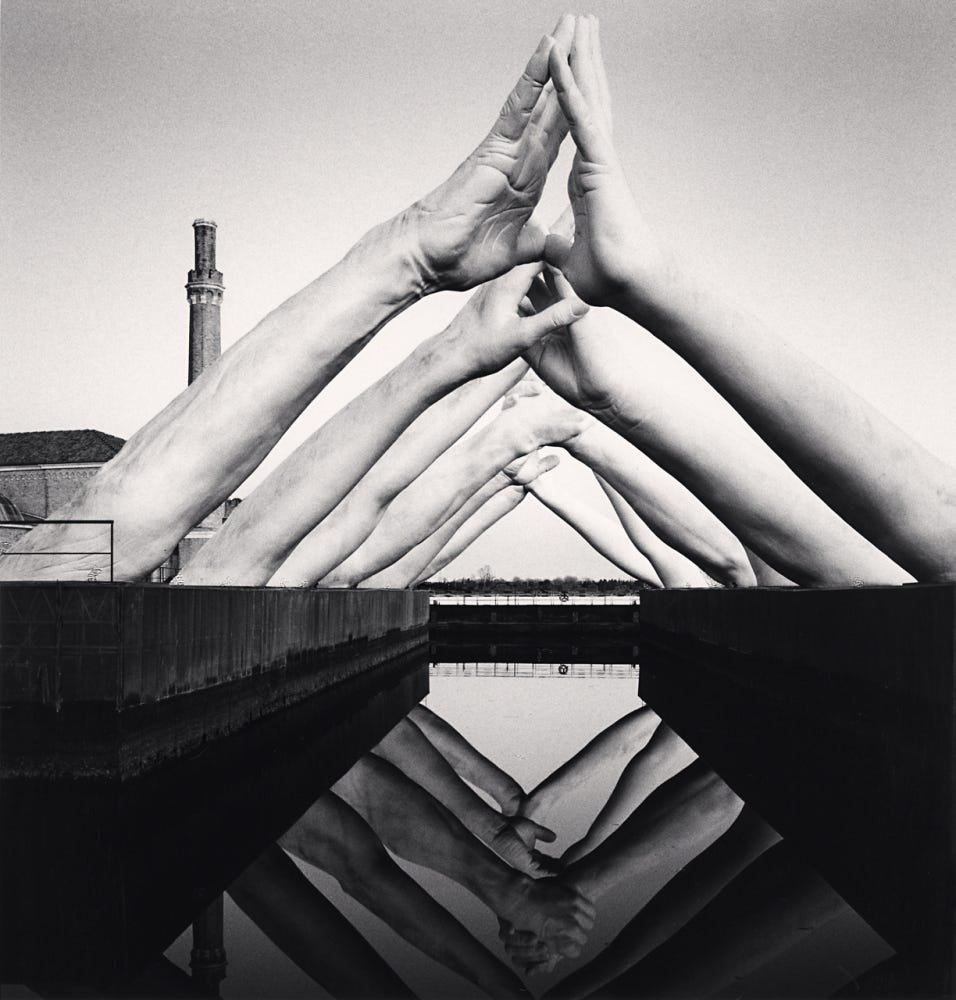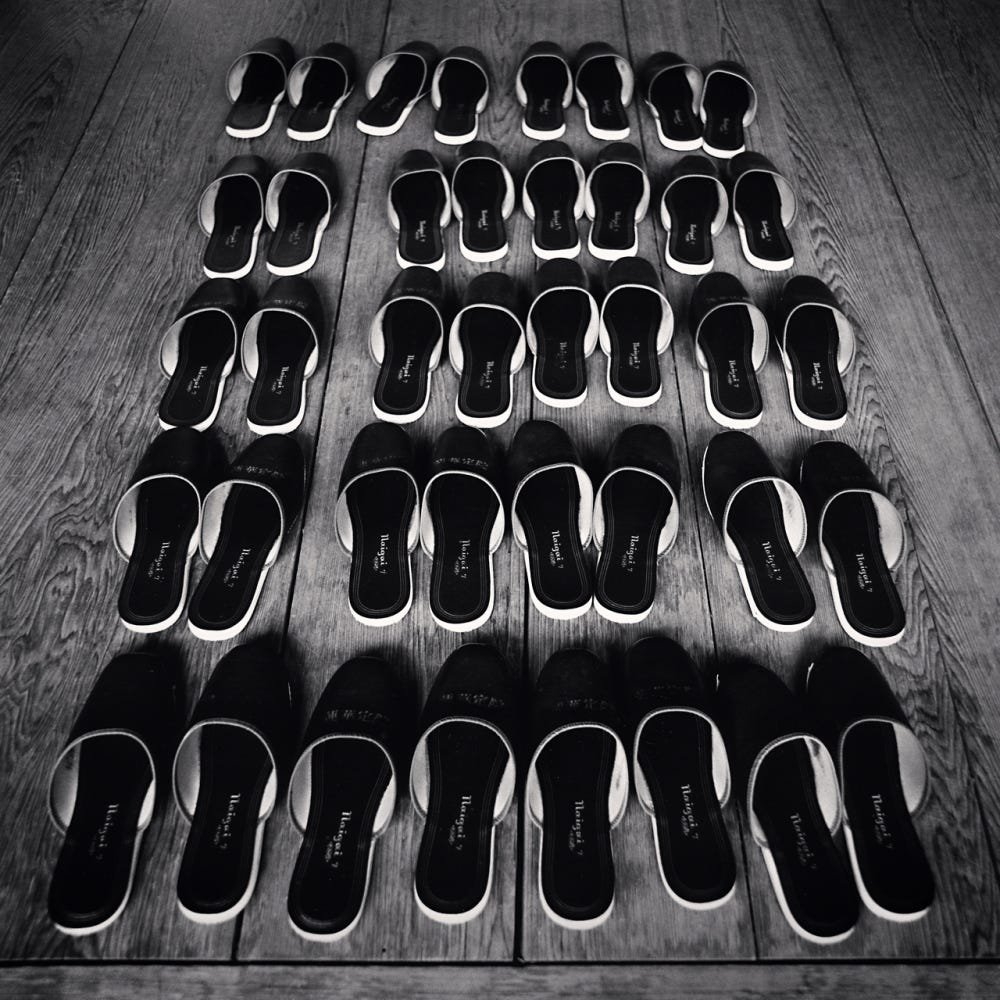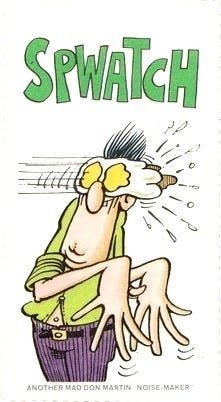A Way of Seeing …
Photography by Gary Winogrand
Recently I came across two separate pieces of art which resulted in me doing a “deep dive” on Gary Winogrand who has been described as “the central photographer of his generation”.
The first was Leslie Jameson’s essay “A Street Full of Strangers” which is a reverie on how viewing Gary Winogrand in a gallery made her see things differently including understanding her own challenges. It is a remarkable piece of writing catalyzed by his photography. ( the link takes you to to the sane article under its original title)
Jameson writes: “These were stunning scenes not because they were extraordinary, but because they weren’t. They were full of ordinary people seen so clearly that they became extraordinary in their beauty. “How do you make a photograph that’s more beautiful than what was photographed?” Winogrand once asked. But I didn’t see his photos that way. I didn’t think he was making the world more beautiful; I thought he was excavating beauty that was already there. His alchemy didn’t turn the world holy so much as it revealed that the world had been holy all along—"
Photography by Gary Winogrand
The second was a 2019 documentary on Gary Winogrand “All things are photographable” which reminds us that great art like great architecture can only be admired from a distance whether it physical distance or the passage of time. Pictures taken in the 1960’s make us see who we are today better than many photographers.
“There is nothing as mysterious as a fact clearly described,” Winogrand said, and his photographs perform some version of this seduction by way of plain exposure. “That’s all there is, light on surface,” he also said, which made me think of a deceptively simple statement Edward Hopper had made about his own art: “What I wanted to do was paint sunlight on the side of a house.”
Photography by Gary Winogrand
The Gary Winogrand Way of Seeing
Gary Winogrand who died in 1984 was the first digital photographer decades before digital in that he was not constrained by the scarcity of film and took over a million pictures. He combined a disinterest in technique with an obsessive devotion to shooting on the street all day, every day.
Gary was most alive when he was outside of himself which was when he was behind a camera lens. He once said “I get totally out of myself. It’s the closest I come to not existing, I think, which is the best – which is to me attractive.”
To him seeing was key:
“Sometimes I feel like … the world is a place I bought a ticket to,” Winogrand once said. “It’s a big show for me, as if it wouldn’t happen if I wasn’t there with a camera.”
“When I’m photographing, I see life.”
Photography by Gary Winogrand
Gary Winogrand on photography as the work and craft on how to see.
“You have a lifetime to learn technique. But I can teach you what is more important than technique, how to see; learn that and all you have to do afterwards is press the shutter.” ~ Garry Winogrand
“Photography is not about the thing photographed. It is about how that thing looks photographed.”
“No one moment is most important. Any moment can be something.”
“You know, I really don’t think you learn from teachers. You learn from work. I think what you learn, really, is how to be- you have to be your own toughest critic, and you only learn that from work, from seeing work.”
Photography by Gary Winogrand
A Winogrand way of seeing: The tilted camera
“There’s an arbitrary idea that the horizontal edge in a frame has to be the point of reference.”
“Frame in terms of what you want to have in the picture, not about making a nice picture, that anybody can do.”
“You’ve got to deal with how photographs look, what’s there, not how they’re made.”.
Photography by Gary Winogrand
A Winogrand way of seeing: Focus on the choreography of legs.
How often do we look down versus looking up when we take photographs ?
Winogrand often looked at the ballet of his subjects movements.
Photography by Gary Winogrand
A Winogrand way of making us see: Show others seeing.
Gary Winogrand often focussed on now what people were looking at but at them looking at the object.
He believed we saw when we saw others see.
Photography by Gary Winogrand
A Winogrand way of making us see the specialness of of every day: Bringing feeling to the ordinary.
“If Garry Winogrand photographed everything, all the time, as he is famous for having done, his pictures of airports convey the many still very familiar sights and spaces and sensations attached to air travel. Arriving at an airport, checking baggage, watching other travelers amble, walk and sometimes rush by luggage trailing and flailing and neatly rolling along, passengers waiting forever on those long rows of attached seats, friends and relatives greeting each other and saying goodbye…
Photography by Gary Winogrand
Garry Winogrand suggests to see better we need to look more often, look with different perspectives and look where others do not.
Growth.
Photography by Peter Delaney
In a 24-hour period I had the opportunity to a) attend an Ad Council Event in New York where one key takeaway was how we grow and learn in our jobs and experience and not just by gaining academic credentials, b) launched this week’s latest What Next? Episode with a Vice-Chairman of JP Morgan Chase (link below) who discussed how to grow Client relationships and c) spoke with Kat Gordon the legendary founder of the 3% Conference on evolving careers and she noted that there are so many flavors of the way people and organizations grow where many of them are not about scale and size.
Photography by Peter Delaney
Most growth is internal.
When we speak about a person growing unless it is about a child or teenager it is not about physical growth but an emotional and mental deepening, a honing of craft, an enhancement of skills.
This growth comes through some combination of the turbulence and cycle of life, deliberate practice to improve or just the enhanced cognition, connection and tactile skills that come from repeated work or different experiences.
While some of this “growth” might be measured in financial metrics and some in other quantitative measures most growth is about a “way” then a “what”, about an internal shifting of priorities and perspectives than an external enhancement.
In fact, and unfortunately most growth comes when the external signs point to diminishment whether it be illness that brings a reduction in well-being, a career or financial setback that creates a dilution of assets and reputation or a loss of relationships and sense of bearing.
When most growth that matters and that makes people and organizations more resilient, or grows new muscles and perspectives and which builds mental, emotional, and other assets cannot be measured in the ways we gauge success we should think again about what “growth” is.
Growth might be about learning, recovering, overcoming and the scarred and tattooed with shocks of life might be the people we most want in these turbulent and changing times?
Photography by Peter Delaney
Growing business may not be about selling, speaking about your company’s way, or claiming you and your organization can do it all.
Fabrice Braunrot spent his entire working career at JP Morgan Chase where he worked full time for 34 years and now continues to be connected as a teacher and guide in their learning and development arenas helping mid-level executives grow and helping the adjustment of external senior hires into the company. Fabrice’s new career is as an investor in many areas including his passion of healthy food and eating.
In four decades of observing companies and clients all around the world Fabrice identified ways to grow business and relationships.
Growth comes through solutions, relationships, and trust.
Selling rarely works solving problems does.
Few clients or consumers are interested in buying what a company is selling. They have problems that must be solved, jobs that need to be done, goals that need to be achieved.
While this may be obvious, and many companies claim they do this look carefully and one observes 1) a focus and pressure on making the quarterly number which leads to pushing product and services versus understanding needs 2) following of “scripts” about how the sellers’ company has a new approach, a new organization, or a new product.
Understanding a clients’ needs takes time and any smart buyer knows when a seller is following a script. How many understand deeply what they are offering so that they can take the script and company mumbo-jumbo and frame it in their own language and to the Client needs?
Relationships are built on common frame of references
The buyer or client is a person too.
They have interests and passions. Today there are so many ways to learn about the person who is the buyer versus the buyer’s role and power in a company.
By understanding the person and connecting on what helps them grow as a person or what they are passionate about versus just the growth of the company is a way to connect.
Trust is often earned by helping Client’s find other solutions than the one you or your company is offering.
Often some or all the solution to a problem that a buyer may have might not be what you do at a world class level. Guiding and helping them find the best solution even if it is outside your organization is a very smart move most of the time.
a) The Client gains trust in you and will come to you with many more problems to solve whether you or your company can do it for them. This will allow for more opportunities to potentially solve problems for them or see patterns in needs that you and your company can build expertise.
b) The companies you send business to you will become strong partners and will often send business back and may be potential merger and acquisition candidates.
Grow by helping the other grow.
Photography by Peter Delaney
Growing by upgrading our mental operating systems.
Companies and teams grow when people grow.
Here are three short pieces (6-minute reads) on learnings on how we can all help our teams and ourselves grow in these turbulent times:
1)How to learn and build a habit of learning:
2)How to better understand other people and point of views:
3) How to take time to grow ourselves:
Appreciation.
Among the teachings of the Stoics is the ephemeral nature of life and the passing of time.
The followers of Wabi-Sabi in the Orient recognize the impermanence, imperfection, and incompleteness of all things.
The Poet Kate Ryan writes of the “joy of finding lost things”
And Carly Simon in “Anticipation” sings that she will stay right here because these are the good old days.
From all these individuals one learns three mental exercises to appreciate what we have:
Imagine a thing you own or a person or place you appreciate lost.
Imagine that you were doing something for the last time.
Imagine that the life you lead is the life that millions aspire to as you aspire to some other life.
Photography by William Eggleston
The joy of finding lost things.
All of us have lost things and sometimes re-found them.
Often not.
A set of keys, a wallet, a passport.
Sometimes a child in a crowd and sometimes a friend after an argument who we make up with.
Other time it is our health or a home or a job.
When we lose something, we often feel more pain in its absence than the joy we had in its presence.
Whenever we have the opportunity to recover it, we appreciate it more than ever before.
An exercise from the Stoics is to imagine you have lost something to appreciate what one has.
As the line goes “we do not know what we have until we have lost it”
Photography by William Eggleston
Paying attention as if we were doing it for the last time.
What makes the ordinary and every day extra-ordinary is that one day it will not be so.
There will be a last day a child will crawl. A last day you will see someone. A last day you will visit a place or drive a car or go to a restaurant. Sometimes we know the last times and often we do not. When we are aware of the last times, we have a higher sense of attention and a sensitivity to the specialness and the passing of the moment.
But these last times come every week and sometimes every day.
The ordinary becomes extra-ordinary when we pay attention, and we find poetry in the crevices of every day.
Photography by William Eggleston
We are living the life that many aspire to.
Most humans aspire to the next better and bigger thing. A combination of our hedonistic adaptation (getting used to what we have), benchmarking against others and other things (the income and home we thought would be amazing a decade ago may be seen as just okay when compared to others) and imagination (our ability to imagine greater, bigger and better or be reminded of it in our media streams) all drive us to next.
We sometimes define our happiness by our advancement toward the things we do not have versus the things we do have.
Most people living in the Western World of the Upper and Upper Middle Classes of most countries who also have their health are living the life that billions aspire to.
The life we have got used to is the aspiration for most people.
We are living the dream life for many as we dream of living some other life.
We may wish to celebrate every new day as a day of thanks and gratitude.
Community.
Photography by Michael Kenna
In her book Retirement and Its Discontents, Michelle Pannor Silver’s research reveals that for millions of people work is much more than output or income they generate. It is a source of meaning and social identity. It is where they feel intellectually stimulated and can express their creative selves. It is where they feel a sense of community and connection.
If organizations lose these attributes, they will struggle to attract and retain the best talent. Admittedly, this is a challenge when they feel in a mad competitive scramble and think that only by devoting all their time and money to data, measurement, and the like can they survive. At the same time, they need to find a middle ground, a place where they make room for story, for meaning and identify. If they lose these crucial elements, what does it matter that they can measure stuff in nanos?
Photography by Michael Kenna
The Importance of Community at Work.
People are looking for work to provide a sense of community as never before. In a Harvard Business Review article, Lori Goler, and her colleagues identified three factors as necessary for job satisfaction: career, community, and cause: “Community is about people; feeling respected, cared about and recognized by others. It drives our sense of connection and belongingness.”
You might think that community is only important to certain types of people holding certain types of jobs in certain countries. Goler, however, found that community (as well as the two other factors) transcend types. In fact, on a 5.0 scale, engineers rated the importance of community as 4.18—a surprisingly high rating from a group that is often thought of as idiosyncratic loners.
Think about community as a forum for storytelling in the broadest definition of that term. In any organization where people have a strong sense of community, they also are constantly telling and listening to stories—stories about the behavior of bosses, about the machinations of teams, about the heroic efforts of one leader and the villainous actions of another. More than that, stories about the organization reside in all employees’ heads.
A major merger with a competitor a few years ago is analogous to a historical treaty signing between formerly warring nations—this event and everything that led up to it is embedded in people’s consciousness.
The multiple stories of an organizational community provide people with common language, ideas, and personalities, offering a narrative of which they are a part. As Goler asserts, community fosters a sense of “connection and belongingness,” and these positive attributes emanate from the ongoing organizational story.
Photography by Michael Kenna
The Loss of Deep Engagement.
Companies used to talk about their people as family. In the wake of downsizing and in workplaces where people work remotely, travel constantly, and change jobs frequently, family no longer seems an appropriate term. But should workplaces be the opposite of family—impersonal environments where people measure their satisfaction by the size of their paycheck and bonus?
To address this question, let’s start with the highly influential paper“Measuring Meaningful Work,” which examines several studies and concludes that this type of work is aligned with passion and seen as a higher calling; growth in a job and making a difference in the world represents a greater purpose than income.
Similarly, CEO Tony Schwartz identifies twelve attributes of a great workplace and notes that a key to these attributes is standing “for something beyond simply increasing profits. Create products or provide services or serve causes that clearly add value in the world, making it possible for employees to derive a sense of meaning from their work, and to feel good about the companies for which they work.”
Most organizational leaders probably agree with these notions of meaningful work, at least in the abstract. Yet, many don’t create the necessary conditions. Willis Towers Watson, a global advisory firm, found that two out of three workers were not fully engaged at work, with almost one-fifth completely disengaged.
“The most significant factors relate to how their supervisors support them on the job, their levels of stress and the severity of their workloads. For the detached, by contrast, company leadership stood as the focal point. Detached workers lack an emotional connection to the organization, stemming from feelings that they do not work for a company with strong values, clear vision, and a leadership team that takes employees’ interests and needs into account”
Photography by Michael Kenna
Architecting Emotional and Physical Landscapes.
Organizations possess a lot of physically and emotionally detached workers these days. Think of it from a landscape perspective. There’s the physical landscape of homes, offices, off-site meeting spaces, and so on.
There’s also the emotional landscape of relationships with bosses and fellow employees.People feel spaces and connections both emotionally and physically, and therefore sculpting environments are key for establishing meaning and purpose. These spaces whether they be emotional or physical (whether it be an office, an event or an off-site) where the culture of a company is created and sustained.
In these spaces, stories are told; stories about values as relates to customers, employees, communities, and shareholders. Stories about the company’s founders, how it was founded, and why it exists beyond creating products and services. Stories that employees create as they find purpose and growth and meaning.
These stories are lost, or at least diminished, when people fail to get together in-person on a regular basis or fail to feel emotionally safe to speak up and share stories. When they’re enmeshed in data, working remotely, transfixed by screens and not fully present for other reasons, people don’t tell or hear the stories that imbue the workplace with meaning.
Companies will need to combine working from home, the office, events and experiences in different ways for differently experienced people and jobs to balance the benefits of distributed and in-person interaction. They will not be a single model for every firm or level and in the differences will be the challenge and where the magic of managing will lie.
Photography by Michael Kenna
Robots Compute. People Dream.
At a time when people change jobs with almost the same regularity with which they change their passwords, community keeps people loyal to their organizations. More than that, in a volatile, uncertain world of work, it provides certainty and satisfaction. We need to be aware that in our rush toward all things digital, we’re endangering this sense of community.
In author Don DeLillo’s landmark novel Underworld, he writes:
I was driving a Lexus through a rustling wind. This is a car assembled in a work area that’s completely free of human presence. Not a spot of mortal sweat, except, okay, for the guys who drive the product out of the plant—allow a little moisture when they grip the wheel. The system flows forever onward, automated to priestly nuance, every gliding movement back- referenced for prime performance. Hollow bodies coming in endless sequence. There’s nobody on the line with caffeine nerves or a history of clinical depression. Just the eerie weave of chromium alloys carried in interlocking arcs, block iron and asphalt sheeting, soaring ornaments of coachwork fitted and merged. Robots tightening bolts, programmed drudges that do not dream of family dead.
This paragraph has stayed with me for a long time, particularly these three
lines:
Hollow bodies coming in endless sequence.
There’s nobody on the line with caffeine nerves or a history of clinical depression.
Robots tightening bolts, programmed drudges that do not dream of family dead.
All industries are becoming increasingly automated. While DeLillo’s book described robots in an auto plant, we now see robots of some type nearly everywhere.
With the dawning of AI, the rise of intelligent objects with the Internet of Things, and new interfaces such as voice, A/R and V/R we will see our workplaces augmented, encrusted, and infested with machines of every type.
In today’s distributed workplace, where we interact across screens with machines that spew data that is collated and compiled by computers, how do we maintain a sense of community?
Messiah Karma.
During the past two weeks a few “Messianic” figures have imploded or are in complete melt down mode.
Kanye West in the world of music whose business and reputation have cratered as he went on a verbal rant of great rage.
Sam Bankman-Fried the CEO of FTX who transformed from being a face and savior of the crypto industry to losing most of his wealth overnight and potentially facing jail time for fraud.
And then there is Elon.
While Kanye and Sam have imploded we are viewing the rapid decaying of Elon Musk who is running a master class on value and reputation destruction one tweet at a time.
And further afield in Russia is Mr Putin who is destroying lives, economies and reputation at the end of a long long table.
A Messiah or God Complex
What is a Messiah Complex?
From Wikipedia :A messiah complex is a state of mind in which an individual holds a belief that they are destined to become a savior today or in the near future.
What triggers a God complex?
It can manifest as a justification to behave a certain way or take a particular course of action that is unethical and even dangerous. Similar to many other mental disorders, the exact cause of this complex is not known.
Messianic Traits.
Messiahs share three common traits.
1. The Rule of Law is not for them: Contracts do not matter. Financial regulations are for the birds. Other people are lower level creatures who do not have rights. Borders are decided on personal predilections.
2. Incestuous Thinking: Get high on their own fumes. View everything from narrow perspectives. Do not listen to other perspectives.
3. Sycophantic Choruses: They surround themselves with yes-people who aid, abet and re-enforce their worst impulses and behaviors. Anyone who disagrees is banished. Often fawning press furthers their self-regard by echoing that they are just awesome in every way.
The turd at the head of the table.
In one of the most popular posts of this though letter called “The Turd on the Table” best practices on addressing tough issues such as calling out that the moist brown thing on the table is not a brownie but a piece of excrement are discussed.
Companies and leaders that do not create an environment where mistakes and bad behavior can be discussed are doomed to great problems (Wells-Fargo opening fake accounts is an example).
But what happens if the turd sits at head of the table?
The dear leader is the problem which will end up costing everyone dear.
This is a far more difficult challenge which is why many leaders who are not constrained by boards, advised by truth tellers or who look for data that does not support but challenges their beliefs, destroy not just themselves but create massive havoc in peoples lives and significant financial destruction.
Avoiding the Karma of Self-Defeat.
Most messianic leaders end up defeating themselves by stretching things too far.
Napoleon stretched his resources too far by opening the the Russian front.
Bankman-Fried stretched the truth and line between FTX and Almeida so there was no line.
Musk is twittering too much and is now frittering so much.
If one believes one sits as God in heaven above all , does not see other points of view and is surrounded by a chorus of enablers, sooner or later hell arrives.
Successful individuals and companies should learn from these tragic stories and damaged people in the following ways:
1. Diversity: Diversity of backgrounds and thinking particularly in leadership teams are critical. If everybody thinks the same way, it can be dangerous. Disagreement and challenging points of view is what boards, external perspectives and independently successful people bring to a company or to a person.
2. Building a case for the opposite: Whenever a key decision needs to be made a team or individual should be charged with building a case for the exact opposite of what you as an individual, a leader or board are considering. This provides two benefits. First it allows one to make sure that group think does not disconnect us from reality since there is a reminder that we may be wrong. Second it helps us correct gaps in the thinking of our original recommendation. It is like stress testing our proposition.
4. Remember the future comes from the slime and not the heavens: There are many benefits of being a leader, working at a very successful company and being on the top of the world. Everybody wants to meet with you or think you are cool because of the fame and reputation of your company. The press fawns and friends’ gush. It gives us all a great rush.
The future usually does not emerge from the gatherings at Davos, The Allen Conference or at TED but where no one is looking or visiting. The Auto companies were looking at each other and they missed Tesla and Uber. Procter and Gamble missed Dollar Shave Club. IBM missed Microsoft. And today TikTok has more engagement than every Facebook property combined (Facebook, Instagram, and WhatsApp). So, let’s meet the crazy folks who have an idea, go off the beaten path and not take ourselves too seriously.
Or let us remember just one characteristic to minimize self-defeat.
Humility.

